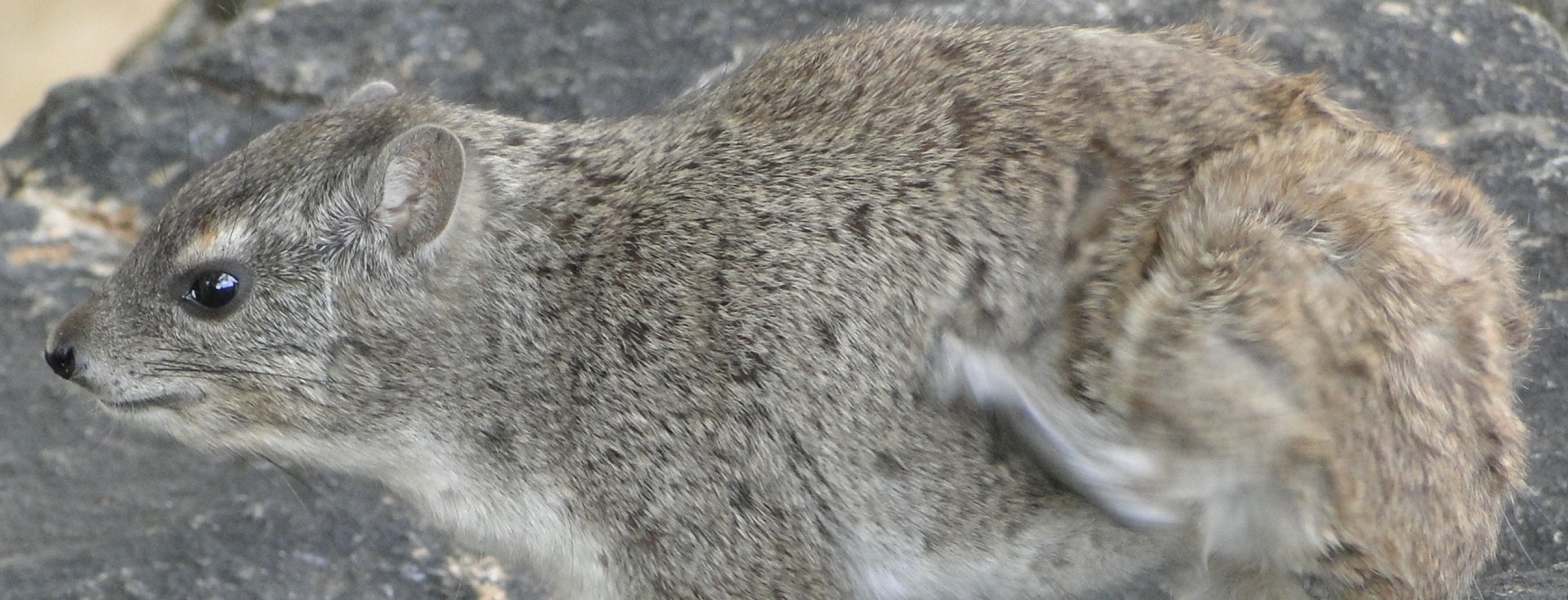According to the International Union for the Conservation of Nature (IUCN), which designates endangered species, the world’s tallest mammal, the giraffe (Giraffa camelopardalis), is now a vulnerable species, with population down 40% in 30 years.

There are nine subspecies of the giraffe, and their population has reduced from about 163, 500 individuals in 1985 to 97,600 in 2015. According to the Red List report, five have decreasing populations, three are on the increase, and one is stable. Recently, a genetic study showed that the giraffes could actually be four different species although the IUCN only recognizes one.
Giraffes are found mostly in southern and eastern Africa, with smaller populations in West and Central Africa. Some of those populations are particularly vulnerable because of war and other civil unrest in countries on the Continent, like Sudan, Somalia and Burundi.
Poaching and the loss of habitat are also threatening their numbers.
 Masai Giraffe at Haller Park Kenya
Masai Giraffe at Haller Park Kenya
Giraffes have already gone extinct in Eritrea, Guinea, Mauritania, Nigeria and Senegal and possibly Mali and have been re-introduced in Rwanda and Swaziland.

Governments and organizations could take stronger actions against poaching by implementing laws and policies.
As for habitat loss, increased pressure from growing human population and a commensurate demand for land for development has put open space for wildlife use at great risk of being converted to other uses. Large open spaces that provide habitat for wildlife are increasingly being subdivided, fenced, cultivated or developed for human settlement. This trend is of great concern to the survival of wildlife in Africa because protected areas alone are not sufficient for wildlife to prosper. Land outside protected areas is essential for large mammals to migrate between protected areas and seasonal grazing areas. Loss of open space, therefore, presents a threat to the survival of wildlife species. Additionally, there is a lack of appropriate tools, mechanism and benefits, for landowners to encourage them to keep their land open. Curbing economic activity, such as land use planning, mining, farming and hunting need to be considered.
There is still a chance for the giraffe species to reverse its current sinking trend.
Help protect half our planet here.
